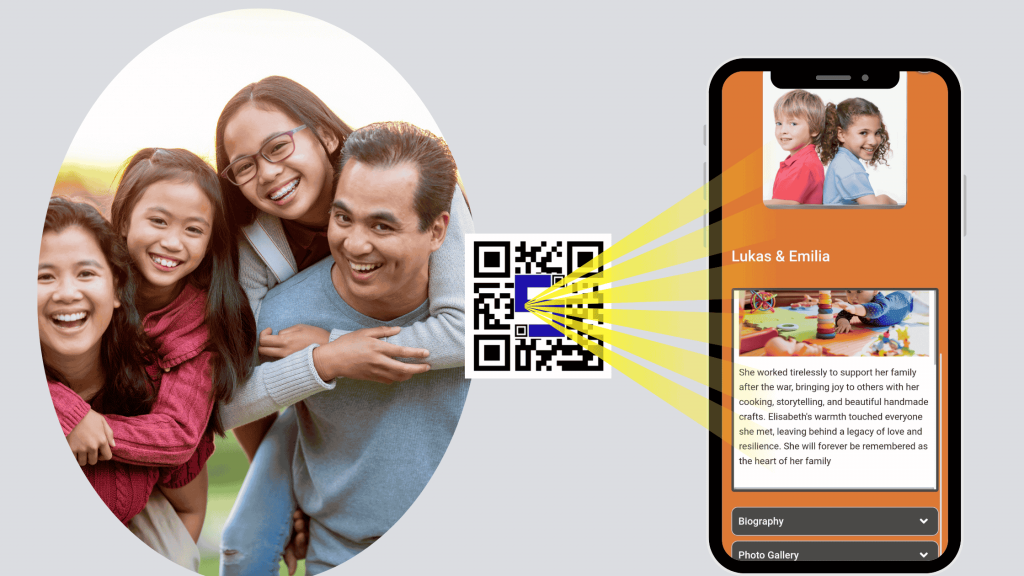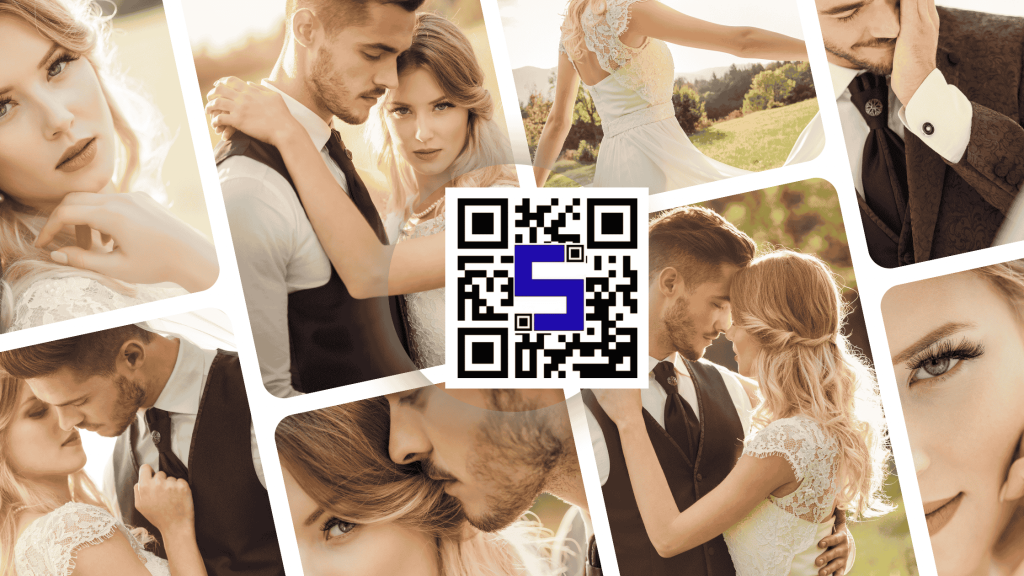Digital Storytelling: Share Your Memories with a QR Code

Storytelling has always been a vital part of human culture, helping us preserve memories, share experiences, and connect with others. In today’s digital world, storytelling has evolved beyond traditional methods like books and oral traditions. Now, technology allows us to capture and share moments in a more interactive way. One such innovation is the QR code, a simple yet powerful tool that can store and retrieve digital content instantly. Imagine scanning a code on a family photo and instantly watching a video of that special moment. QR codes make digital storytelling seamless and accessible.
The Evolution of Storytelling
From cave paintings to printed books and digital blogs, storytelling has constantly adapted to new mediums. In the digital age, we rely on social media, videos, and online journals to document our lives. However, these methods often lack permanence or easy accessibility. QR codes bridge this gap by linking physical and digital memories, allowing stories to be preserved and shared effortlessly.
Before digital storytelling, memories were passed down through handwritten letters, printed photographs, and spoken word. While these traditional methods hold sentimental value, they are often difficult to maintain over time. Photos fade, letters get lost, and memories can be forgotten. With QR codes, we can ensure that our stories remain intact and easily accessible for generations to come. The ability to link digital content to physical objects has revolutionized the way we document our lives.
What is a QR Code?
A QR code (Quick Response code) is a type of barcode that can store various types of digital content, such as text, images, videos, or web links. When scanned using a smartphone, it quickly retrieves the stored information, making it an efficient way to share and access content. This makes QR codes ideal for digital storytelling, offering a way to connect physical objects with digital experiences.
QR codes were first developed in the 1990s for industrial purposes, but their applications have expanded significantly over the years. Today, they are used for marketing, education, healthcare, and, most importantly, preserving personal memories. The simplicity of generating and using a QR code makes it an attractive option for anyone looking to share their stories in a creative and engaging way.
Ways to Use QR Codes for Storytelling ?

1. Personal Memories
Attach a QR code to your photo albums, scrapbooks, or framed pictures. When scanned, it can lead to a video of the event, a voice recording, or a blog post that adds depth to the memory. For example, a birthday scrapbook with a QR code linked to a video of the celebration can make revisiting those memories even more special.
2. Family Heritage
Preserve your family history by linking QR codes to genealogy records, interviews with grandparents, or historical family photos. Future generations can scan and instantly access their heritage. Imagine being able to scan a code on an old family portrait and listening to your grandparents share stories about their past.
3. Memorial Tributes
Honor loved ones by placing QR codes on gravestones or memorial plaques. Visitors can scan the code to view photos, videos, or heartfelt messages celebrating the person’s life. This allows families to share cherished moments and keep their loved one’s memory alive in a meaningful way.
4. Event Highlights
Embed QR codes in wedding invitations, travel souvenirs, or party favours. Guests can scan to relive special moments through videos, photo albums, or thank-you messages. For instance, a wedding invitation with a QR code can link to a couple’s love story or a highlight reel of their journey together.
5. Educational and Historical Storytelling
Museums and historical sites use QR codes to enhance visitor experiences by providing additional information about exhibits. Similarly, individuals can use QR codes to document their travels or personal experiences, creating interactive travel journals with location-based stories.
Three easy steps to Create Your QR Story
Step 1: Sign up with Lifetag.io
Sign up and navigate to the QR Code section. Click ‘Add New,’ name your QR Code, and hit ‘Save’ to get started
Step 2: Design and build your QR Story
Add your data to predefined or custom segments with no limits. Choose to make content public or private.
Step 3: Download and Share
Generate your QR Code, download, print, or share with anyone. All is dynamic—update the content anytime. Encourage friends and family to scan the QR code and experience the memories you’ve preserved. It’s an effortless way to make storytelling more interactive.
The Future of Digital Storytelling with QR Codes

As technology advances, QR codes will continue to revolutionize how we share stories. With augmented reality (AR) and artificial intelligence (AI) integration, future QR codes might enable even more immersive experiences, such as virtual reality memory tours or AI-generated voice narration. The potential for digital storytelling is limitless.
We may soon see QR codes embedded with holographic content, allowing users to view life-like projections of past events. AI advancements could also enable QR codes to generate dynamic stories based on user interactions, making storytelling more personalized and engaging.
Conclusion
QR codes provide a modern, interactive way to preserve and share memories. Whether it’s personal photos, honouring loved ones, or documenting events, they offer a seamless bridge between the physical and digital worlds. As digital storytelling continues to evolve, QR codes will remain a valuable tool for capturing and reliving life’s most meaningful moments. Start using QR codes today and turn your memories into lasting digital experiences with Lifetags today!